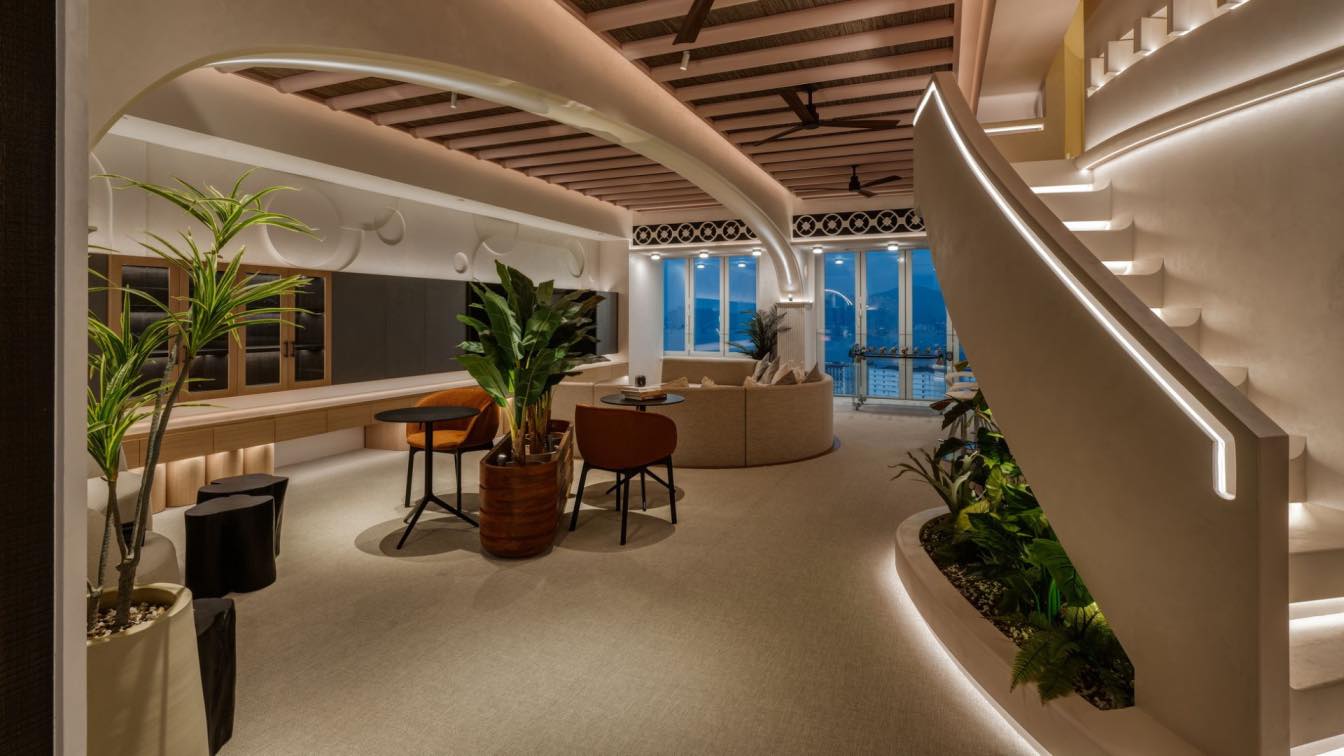
Minus Workshop’s sustainable mission in a weekend getaway hub. Minus Workshop has taken over a design project from an eco-responsible couple having a great concern for sustainability which is a sizzling topic worldwide and beyond.
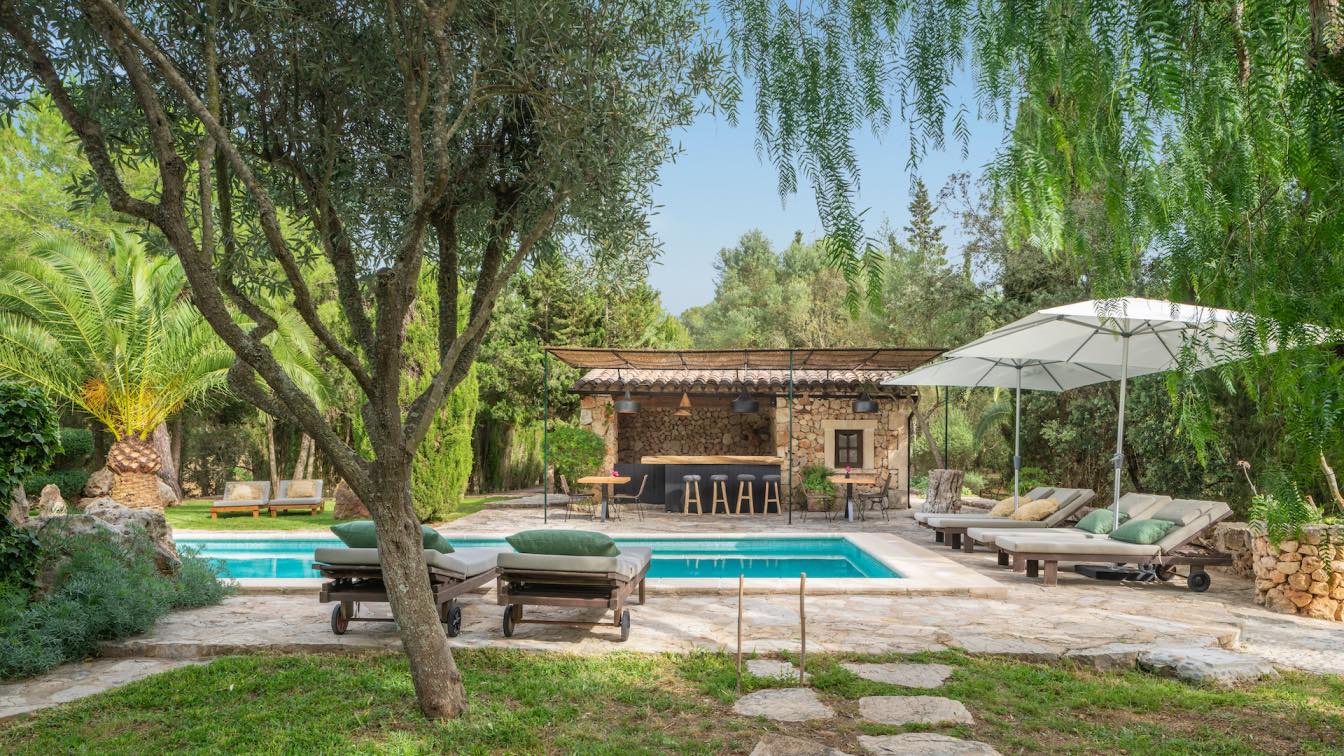
Son Fogueró is the latest must-visit international holistic retreat for those seeking design, yoga, silence, and healthy eating. Empathy, Harmony, Serenity, Friendliness, Flow, Fulfilment, Love, Relaxation, Enjoyment, Calm, Gratitude, and Kindness - the 12 names assigned to the hotel bedrooms as a declaration of intent for this holistic health retreat in Mallorca, Spain.
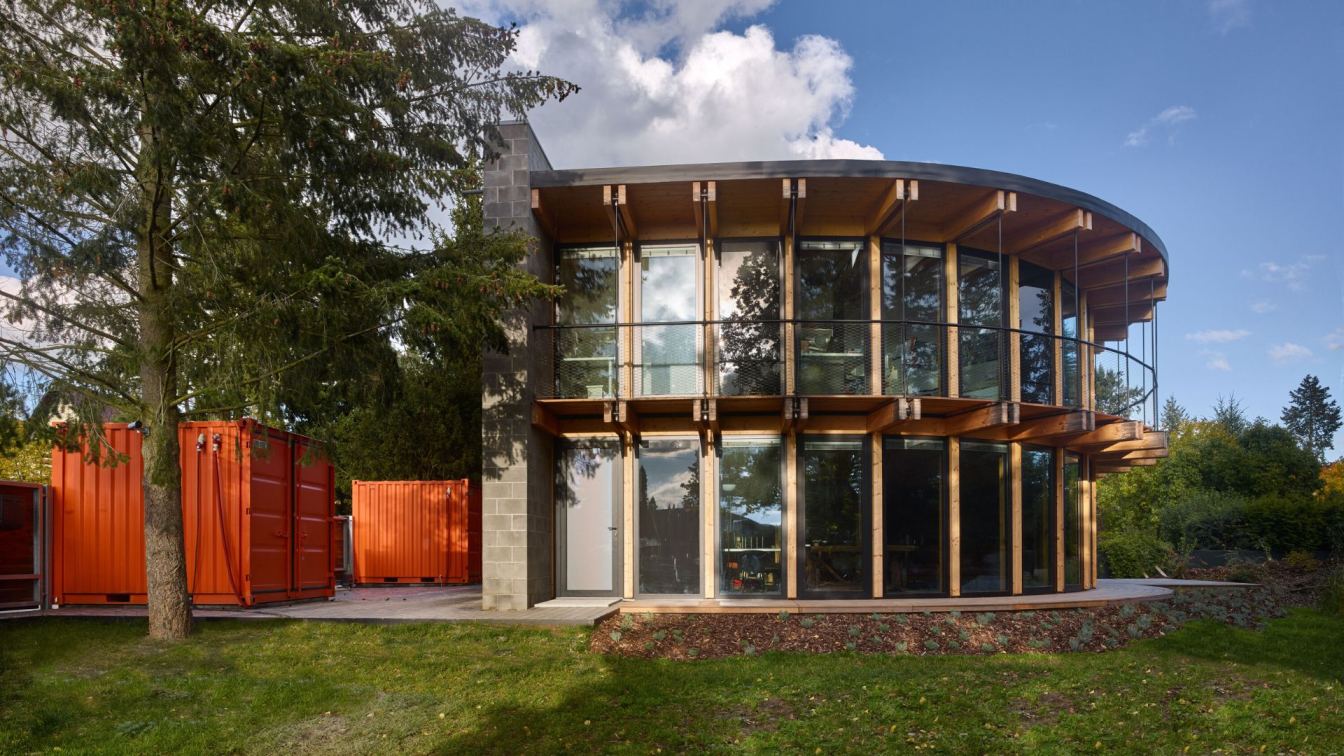
House That Opens Up to the Sun in Malé Kyšice, Czech Republic by Stempel & Tesar architekti
Houses | 2 years agoIn the southern part of Malé Kyšice town on the edge of the Křivoklát woods, there is a residential district originally home to weekend cottages. One such cottage on a flat plot of land was replaced by a passive home. The floor plan closely resembles a quarter-circle with walls made of exposed concrete blocks. The rounded wall and the ceilings are made of wood.
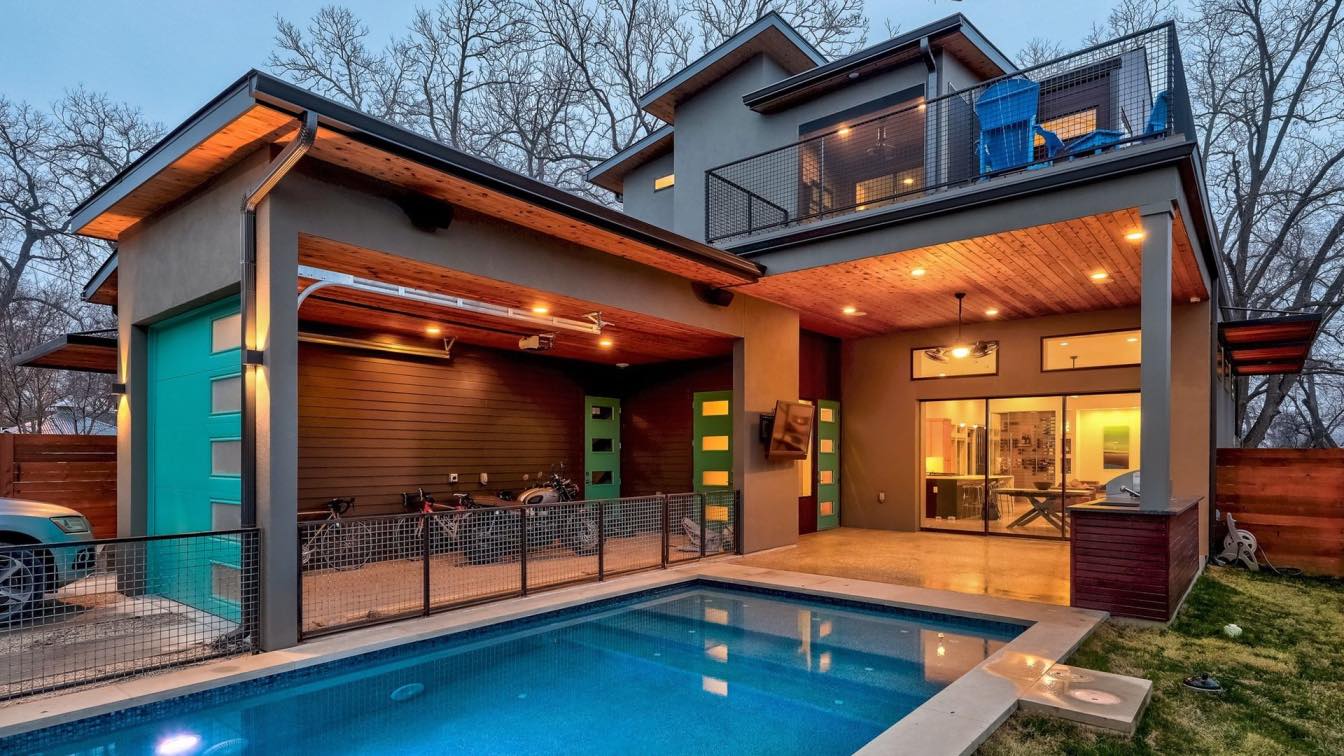
A custom home is a demanding prospect simply because not only does it cost quite a bit more than your regular suburban house, it often has unique, specialty components that need to be built from scratch. A custom home is an architectural statement of someone’s creativity and preferences and it is a real passion project in most cases.
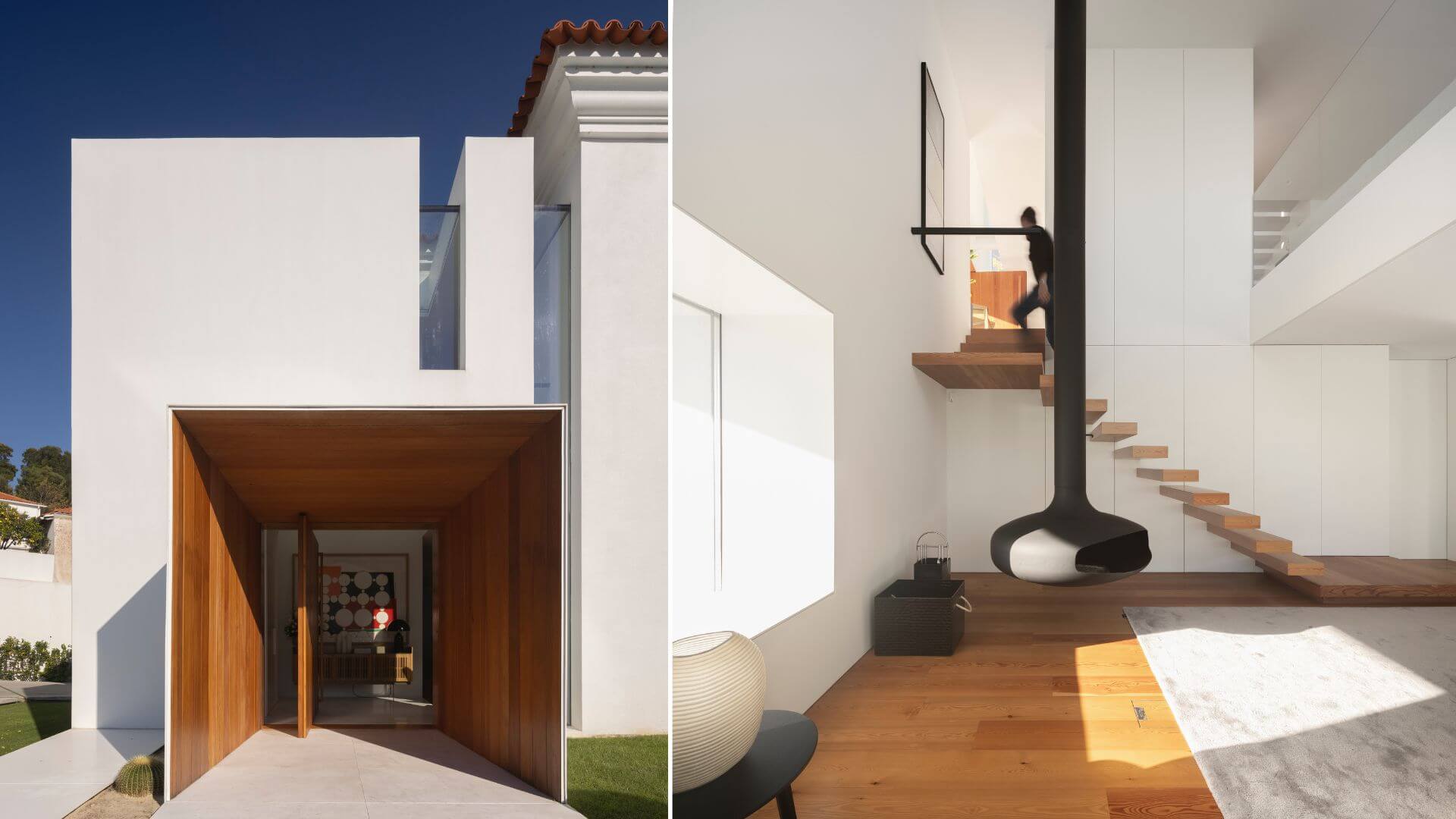
JAC House: Rehabilitation of a villa in Coimbra, Portugal by VISIOARQ Arquitectos
Houses | 2 years agoThe rehabilitation of this villa calls for various dimensions of dreams, both in the enjoyment of the interior and in the contemplation of the panoramic horizon. The contemporary language and materials, especially the volumes of white lacquered plates and large glass spans, clearly marked the enlargement, differentiated from the original house.
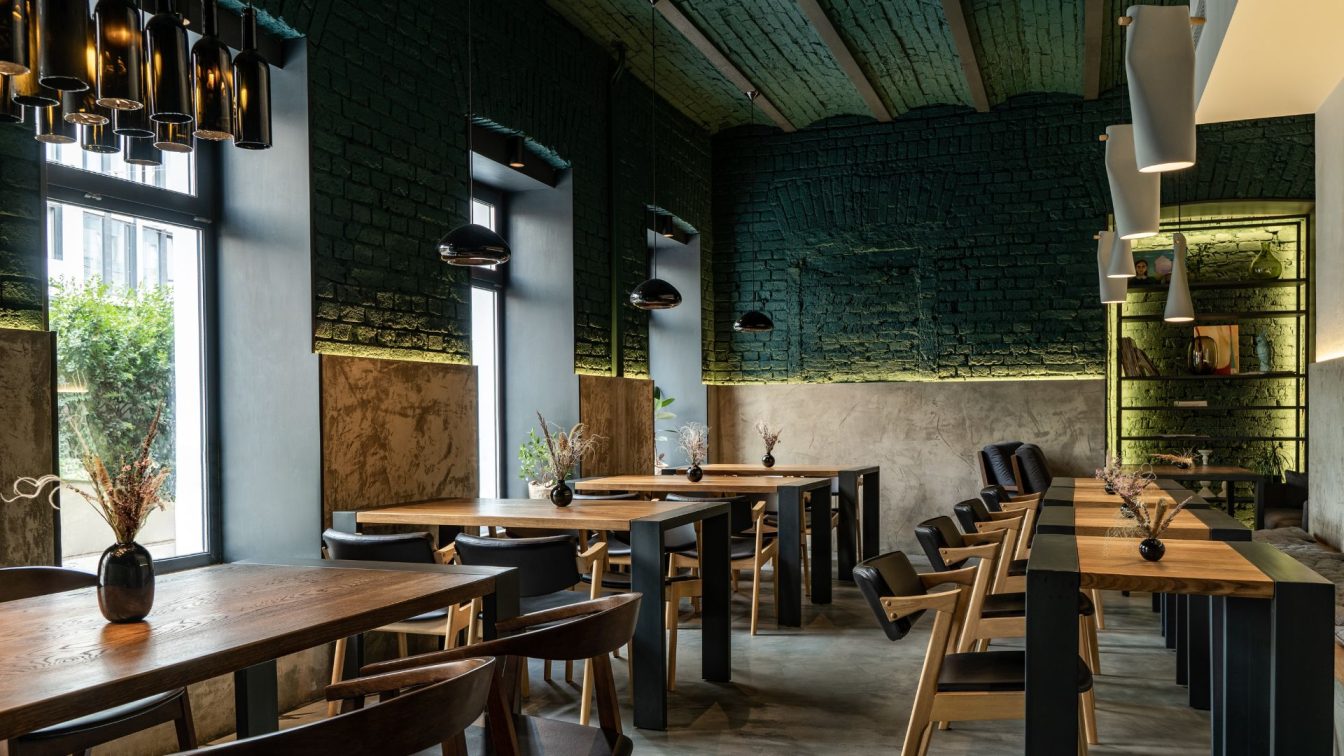
Concept: The deep dark green colour has become dominant in the space, even enveloping. That creates a sense of intimacy and depth, as if visitors are inside a wine bottle. The interiors of the restaurant and bar have the same style, but still differ in details. For example, for the dynamic mood the floor covering in the bar is made more colourful.
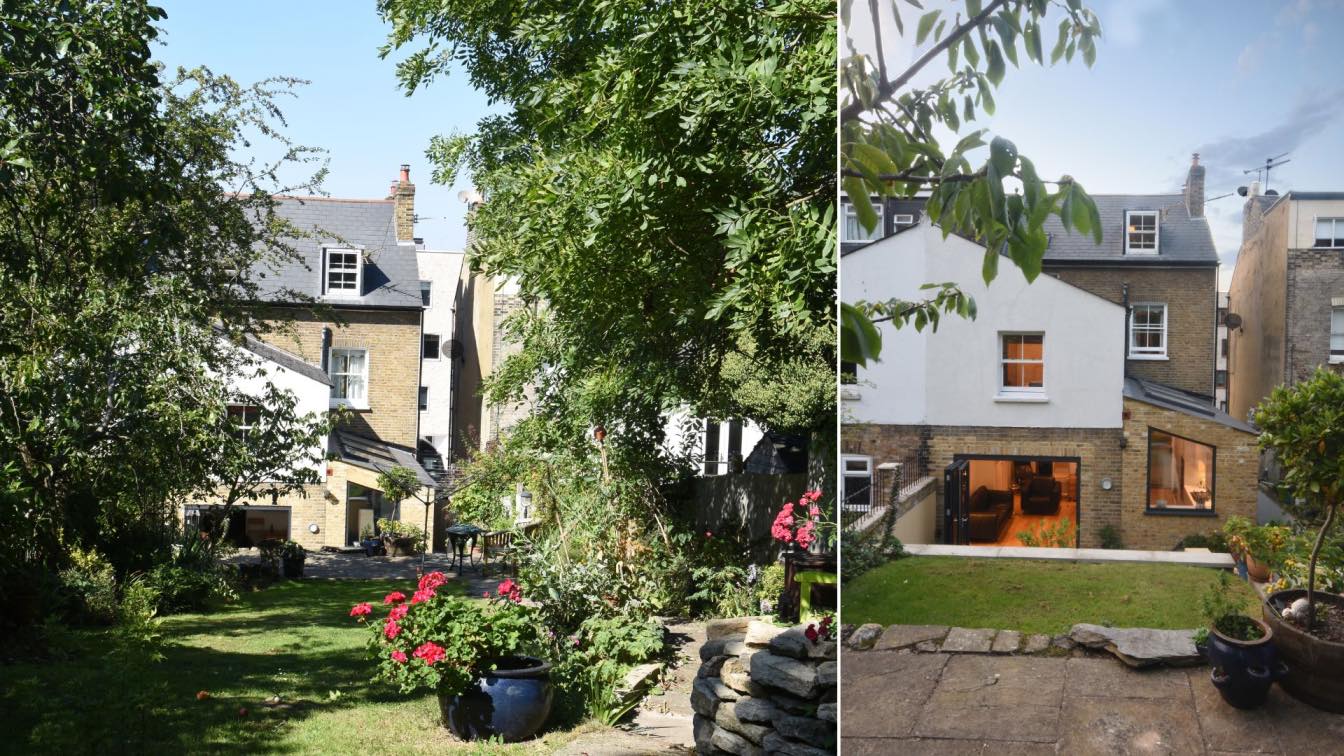
Knollys Road House Refurbishment and Extension in London by Mark Fairhurst Architects
Houses | 2 years agoAn existing Victorian terrace property in the London Borough of Lambeth was renovated to include an internal refurbishment and extension at ground floor. The proposal creates a light and spacious living space to provide a better link with their garden and other living spaces.
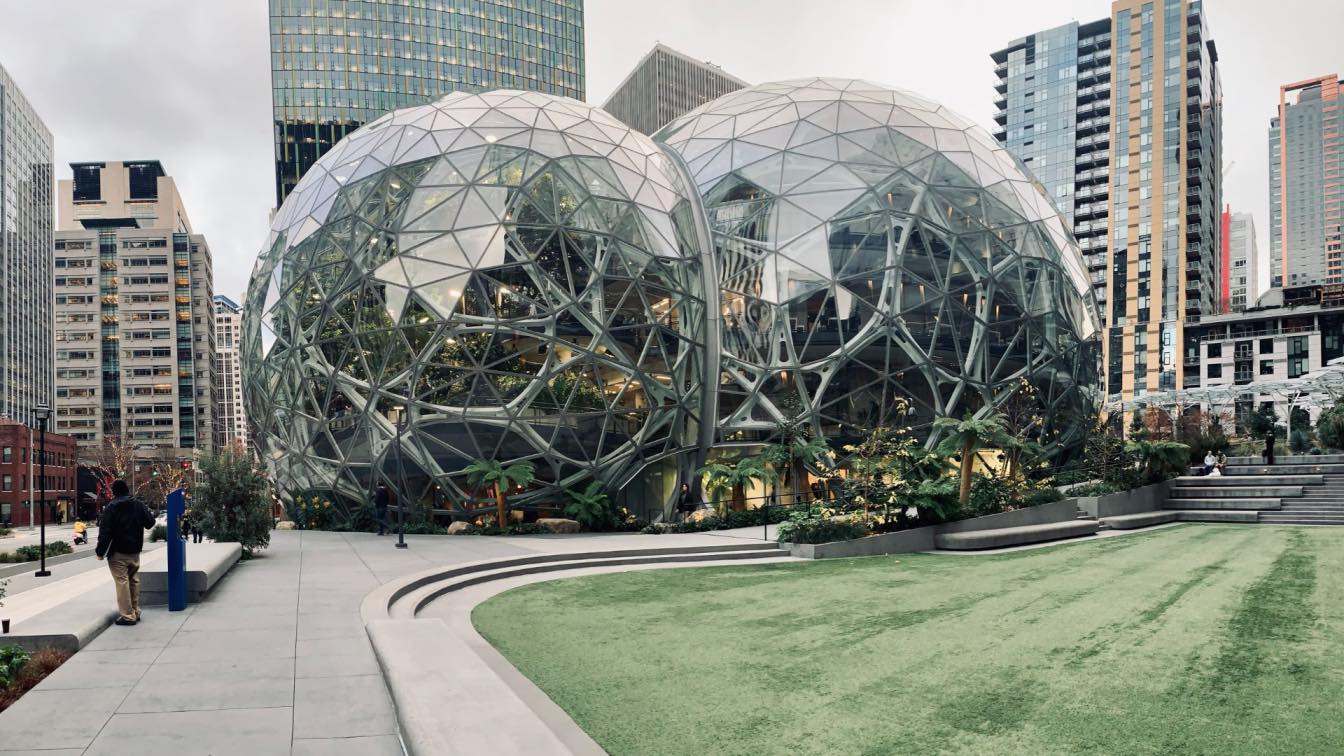
The importance of social media in people's lives is enormous. Why are we so dependent on them? After reading the article, you can more consciously understand the topic.